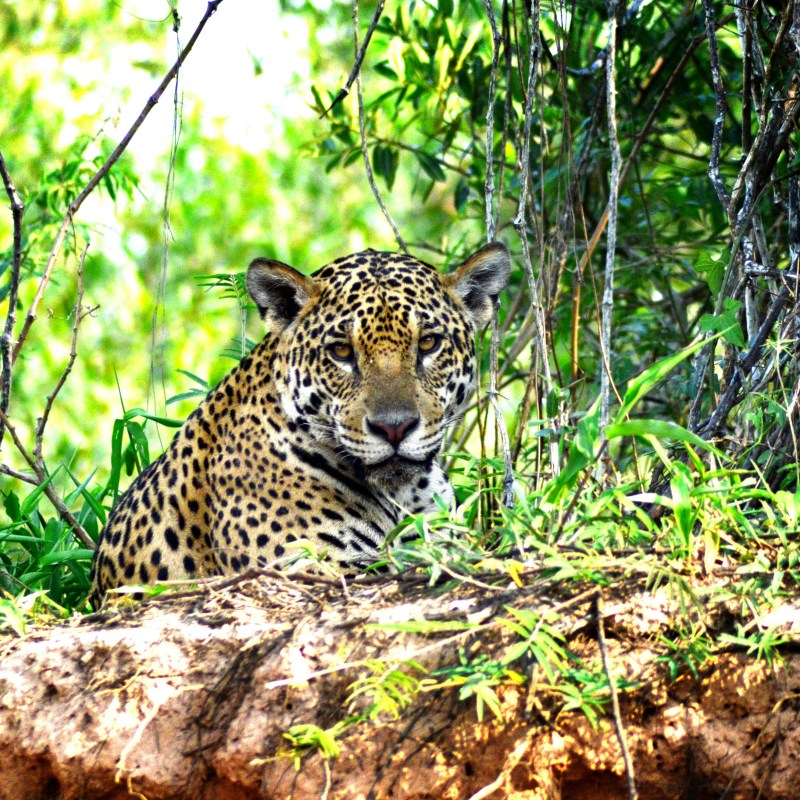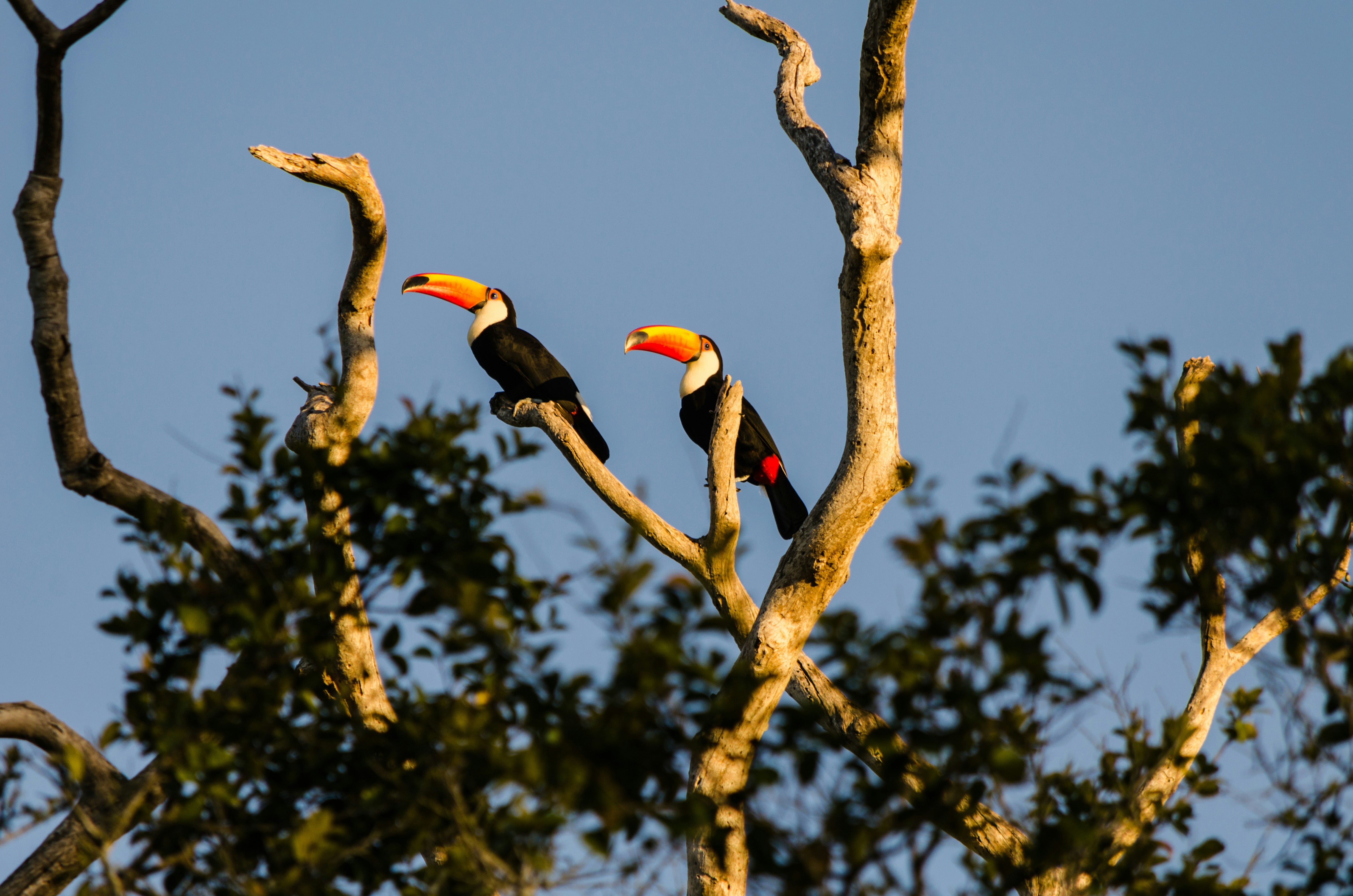
I’m shifting slightly away from my obsession with swamps to focus on the world’s largest wetlands: South America’s Pantanal region.
Videos by TravelAwaits
It’s way vaster than Louisiana’s Bayous and Florida’s Everglades put together, stretching across Brazil, Peru, and Bolivia. In fact, the wetlands cover a distance larger than the UK.
Each year, its floodplains rise and fall between six to sixteen feet. The waters inundate the region’s plant life, creating necessary food, shelter, and nutrients for the thousands of bird, fish, and mammal species that call the Pantanal home.
You may have heard of this region thanks to the famous Pantanal Jaguar. While the wetlands have stayed off the radar for most tourists, those who venture to Brazil’s southwestern border can find wildlife that’s on par with the Amazon’s jungles and the Cerrado’s grasslands.
If you’re a diehard adventurer who is always on the hunt for another wild frontier, then the Pantanal is for you. But this region isn’t necessarily open for visitors—most reserves are closed off, while there’s little infrastructure in the region.
In other words, if you’re going to go, you need to plan far ahead. Despite the hassle, you should consider a visit to the Pantanal. But make sure to book with a tour company that protects and showcases this awesome region. Recommendations are at the bottom of the article.

A haven for flora & fauna
Most rugged tourists head to Pantanal in search of wildlife.
Along with the highly sought-after Pantanal Jaguar, visitors can glimpse creatures like the giant river otter (god bless, I had no idea otters came in XXL), the tapir, a funky little guy called the tamandua, plus exotic beauties like ocelots, capybaras, and giant anteaters.
Birdwatchers will have plenty to do, as well. Remember—swamps, bayous, and wetlands always attract the coolest birds.
The Pantanal is home to toucans, egrets, ibises, kingfishers, falcons, macaws, and many more. The crowned solitary eagle is particularly beautiful—but as the name suggests, they’re hard to spot.
A new path for tourists
Obviously, the Pantanal is a must-see for outdoors adventurers—but it will take a certain type of tourist to enjoy the experience.
First and foremost, this region is a veritable frontier. Dozens of grassroots organizations are working on the ground constantly to preserve the Pantanal and support those that live there.
A long list of dangers threatens this hugely important ecosystem. That includes run-off from other industries, like cattle farming and goldmining, along with poaching and smuggling of endangered species. Infrastructure development is yet another creeping and ever-present threat.
So, what does this mean for tourists hell-bent on seeing the Pantanal?
It means you need to sign up with a tour group—ideally, after doing some research to compare different companies. Uncontrolled tourism is another major threat the Pantanal faces, but tourism done correctly can actually help support locals who are fighting to protect the Pantanal.
It’s a fine line to tread.
If you’ve read my other travel pieces before, you know I’m hyper-focused on sustainability, mindfulness, and meaningful cultural exchanges. These three factors have driven my research into tour companies that offer multi-day trips into the wetlands. Now onto the fun stuff!
The best tour companies in the Pantanal
If you want to venture into the Pantanal, do so with one of the companies below. I’ve thoroughly vetted each based on reviews, reputation, their partnerships with NGOs, and deference to local indigenous groups.
(Drumroll, please!)
Oncafari actively donates to conservation causes and helps document breaking news, new projects, and ongoing work
Pantanal Nature is part of Brazil’s official tourism board, which means it must meet pretty rigorous standards. The company also works with locals and biologists to create unique tours.
If you’d prefer a more casual tour using TripAdvisor, these experiences have been highly rated by others:
